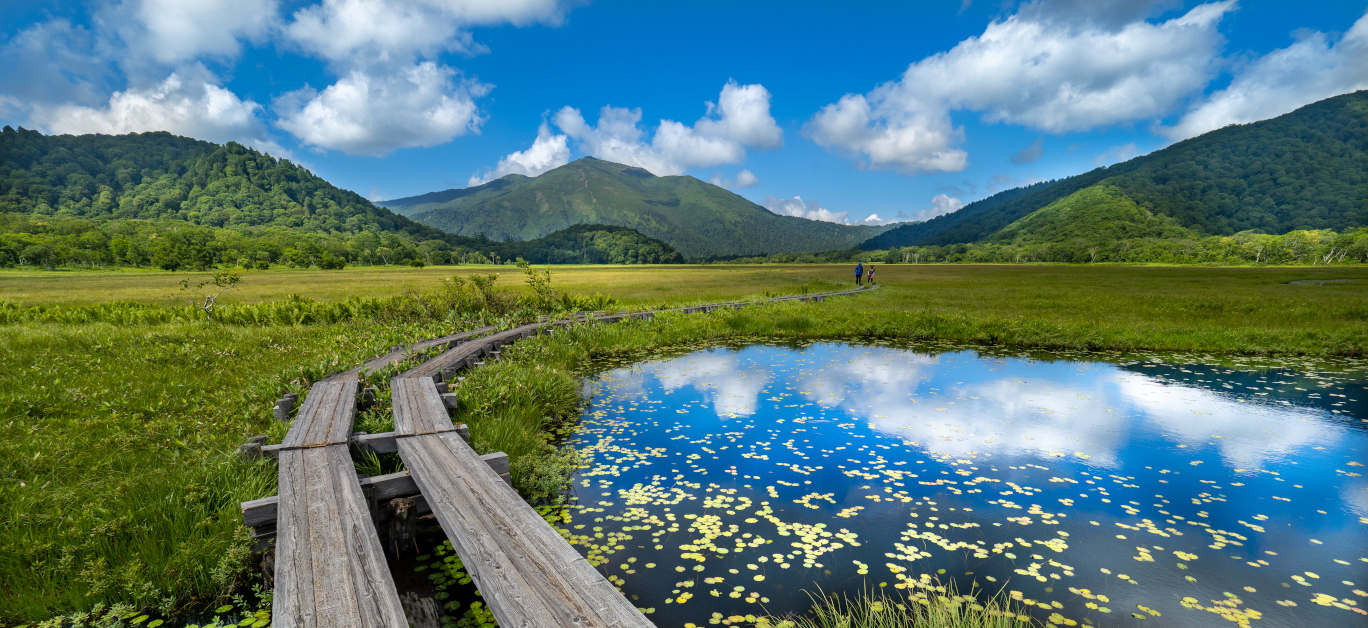Gone is the over-travelled Golden Route of the past – now it’s all about Japan’s New Golden Route. With a whole host of traditional areas and luxurious spots along the Hokuriku Shinkansen connecting Tokyo to Kanazawa, for 25,500 yen per adult, you can explore 12 prefectures via the Hokuriku Shinkansen Line with the Hokuriku Arch Pass.
The pass gives you unlimited access to the trains and bullet trains in the area for seven consecutive days, allowing you to experience the modern excitement of Tokyo, the natural beauty of Karuizawa, and so much more. Not only can you visit these spots on the high-speed bullet trains, but you can also have the chance to travel in style on the tourist trains of JR West, such as the Belles Montagnes et Mer sightseeing train through Toyama.
Below, we explore some of the most breath-taking natural and traditional spots on the route and places to stay to make the most of your time in Japan.
Kintsugi: Breathing new life into broken ceramics
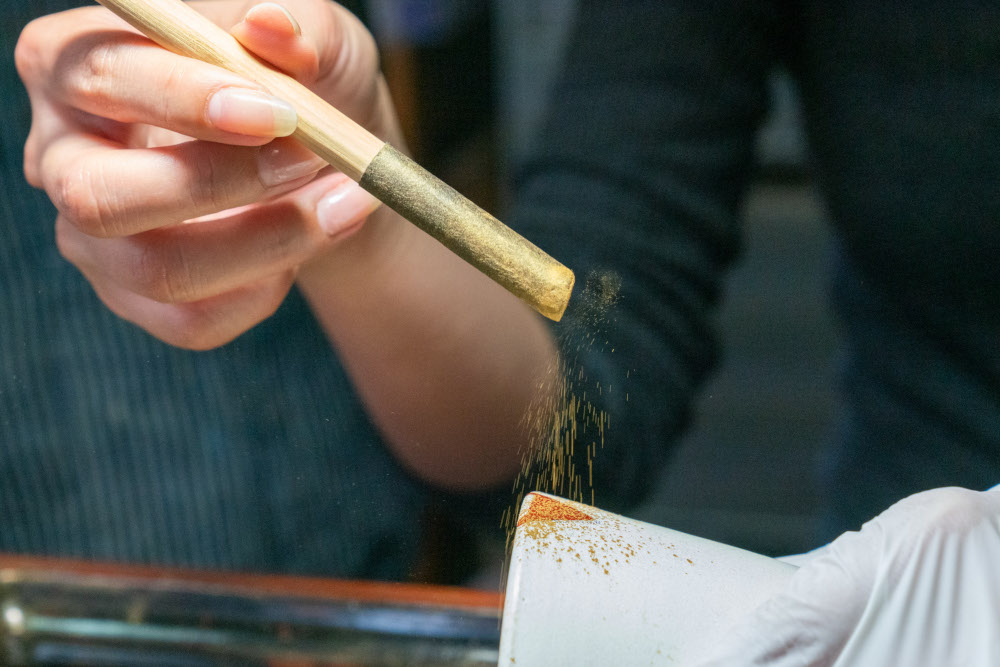
Breathe new life into broken ceramics with this traditional art of kintsugi. The perfect embodiment of ‘wabi-sabi’ – the Japanese philosophy of accepting transience and imperfection – kintsugi takes the imperfection of something broken and turns it into a new art form by repairing the cracks with gold, silver, and other metals. Take some time to sit down with award-winning artist Showzi Tsukamoto, and learn how to find beauty in these imperfections.
Musashi Winery
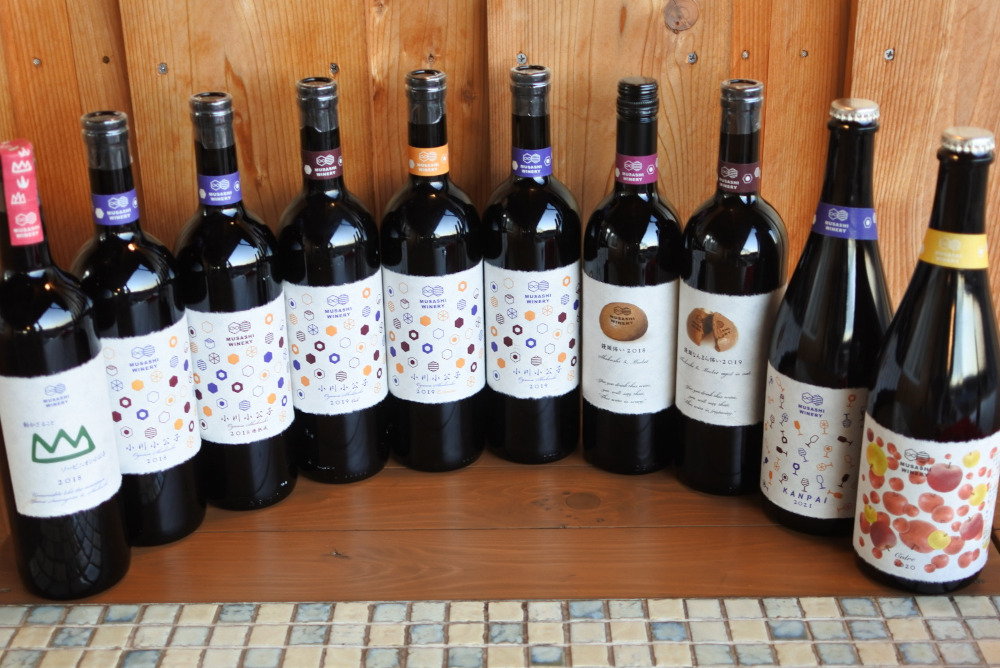
Musashi Winery is somewhat of a unicorn on the Japanese wine scene, as it is part of less than one per cent of wineries following the strict guidelines for making organic natural wine, not even using a Bordeaux mixture.
It is the only winemaker in Saitama’s Ogawamachi, but the winery fits right in with the town’s large population of organic crop producers. It uses no pesticides or fertilisers and keeps the fermentation process completely natural. As a result, their one-of-a-kind wines are full-bodied, with a characteristic flavour from their Japanese wood casks.
Oze National Park
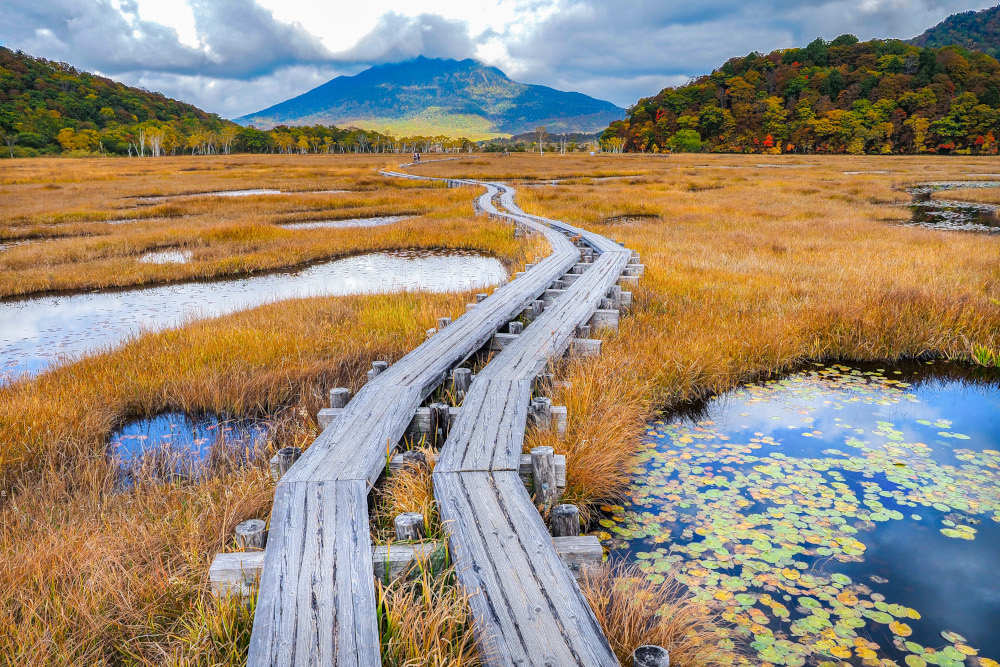
Oze National Park spans over Gunma and three other prefectures, home to many rare plants and animals endemic to Japan, and is a beautiful wetland area where visitors can enjoy the natural beauty of its Ozegahara Marshland and the Ozenuma Pond.
In particular, the area around Katashina Village in Gunma Prefecture is attracting attention within the wider park as it is registered to as a zero carbon park with the aim of becoming an environmentally friendly national park. It is most beautiful in spring and early autumn and has plenty of hiking trails to enjoy while breathing in the clean mountain air.
Eco-tours at Picchio
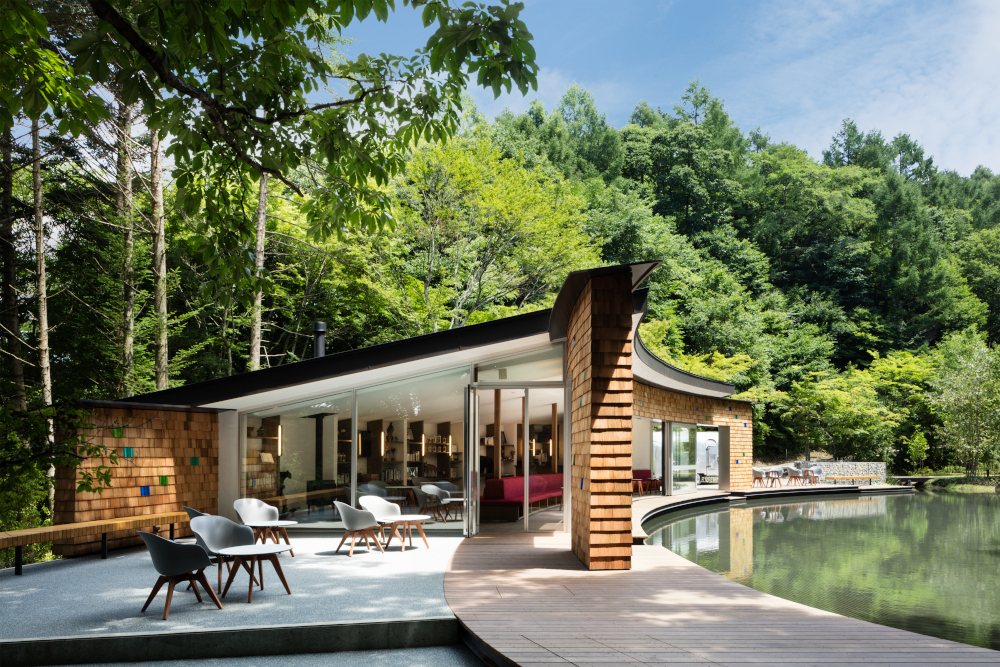
Set in gorgeous Karuizawa, a town surrounded by nature yet steeped in sophistication, you’ll find Picchio, a wildlife centre dedicated to researching the local flora and fauna. Explore Karuizawa’s nature on their woodland trails, or go on an eco-tour led by guided experts to learn about the bears, look out for flying squirrels, or spot beautiful birds.
Sado Island
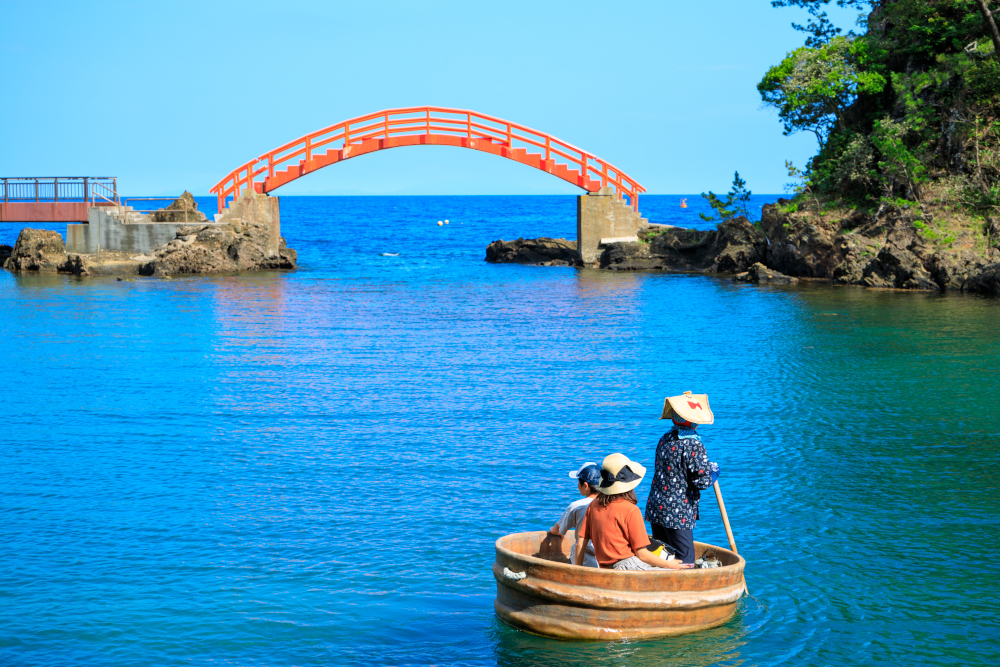
If you’re looking to get away from the stress of city life, getting a taste of the slow life on Niigata’s Sado Island is possibly one of the best ways to do so.
The island has its unique culture, different from most of Japan, such as Sado Okesa folk songs or Onidaiko mask dances, and is surrounded by Niigata prefecture’s pristine nature. The people’s undeniable connection with nature has made it one of the top ‘100 Sustainable Tourism Destinations in the World’.
Dinner at BiBiBi and JURULi
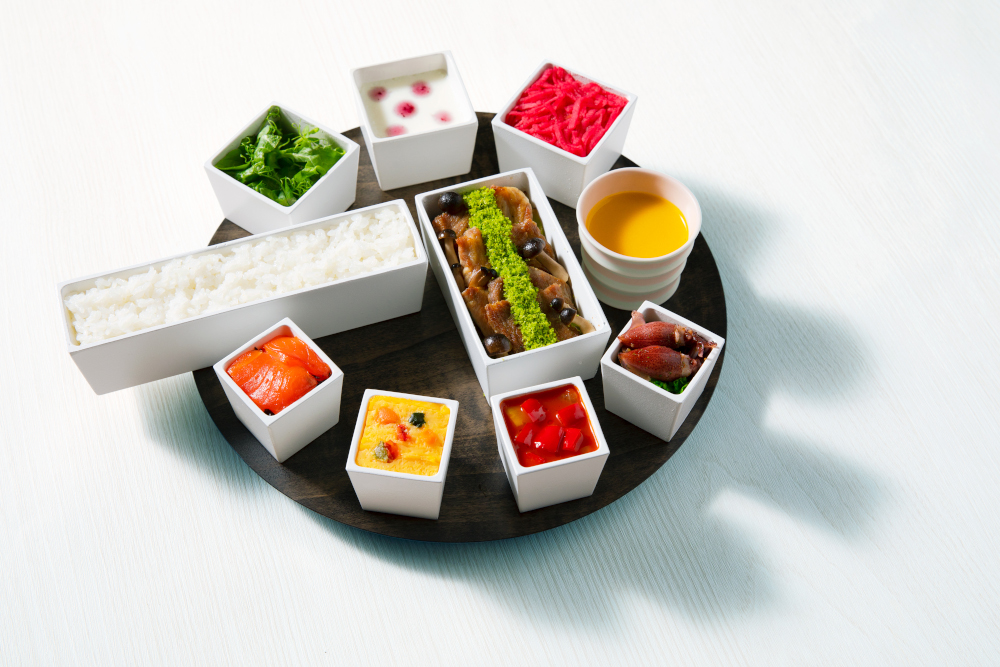
BiBiBi and JURULi in Toyama prefecture brings art and cuisine together in a gourmet experience for the senses. Everything is inspired by the local Toyama landscape, from the Toyama-made tableware to the menu inspired by works at the Toyama Prefectural Museum of Art and Design. But, of course, the menu also highlights Toyama ingredients, making use of their natural beauty to create a work of art on every plate.
Sanshu Cutlery Shop and Seki Cutlery Museum in Gifu
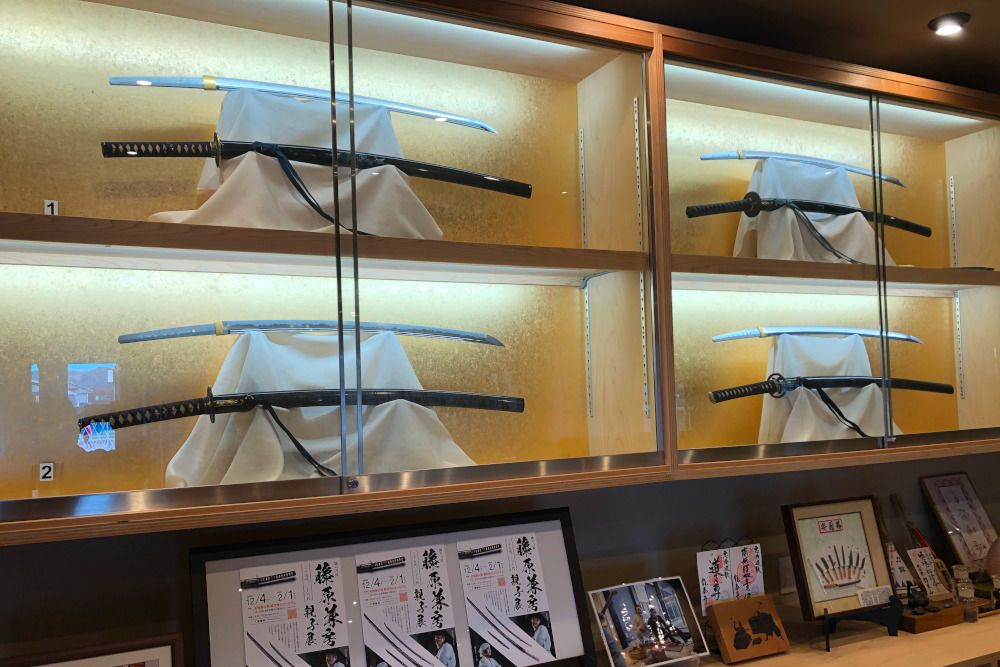
Seki City is known for its expert knife-making with roots going back hundreds of years. The renowned swordsmiths at Sanshu Cutlery Shop and the Seki Cutlery Museum take a lot of pride in honouring their ancient roots which shows clearly in the high-quality knives that they produce.
Alongside various sword forging experiences and exhibitions, there is also the opportunity to buy top-quality swords, cooking knives, gardening tools, and a huge variety of other cutlery the Sanshu team puts their creative minds to creating.
Geisha evenings in Kanazawa
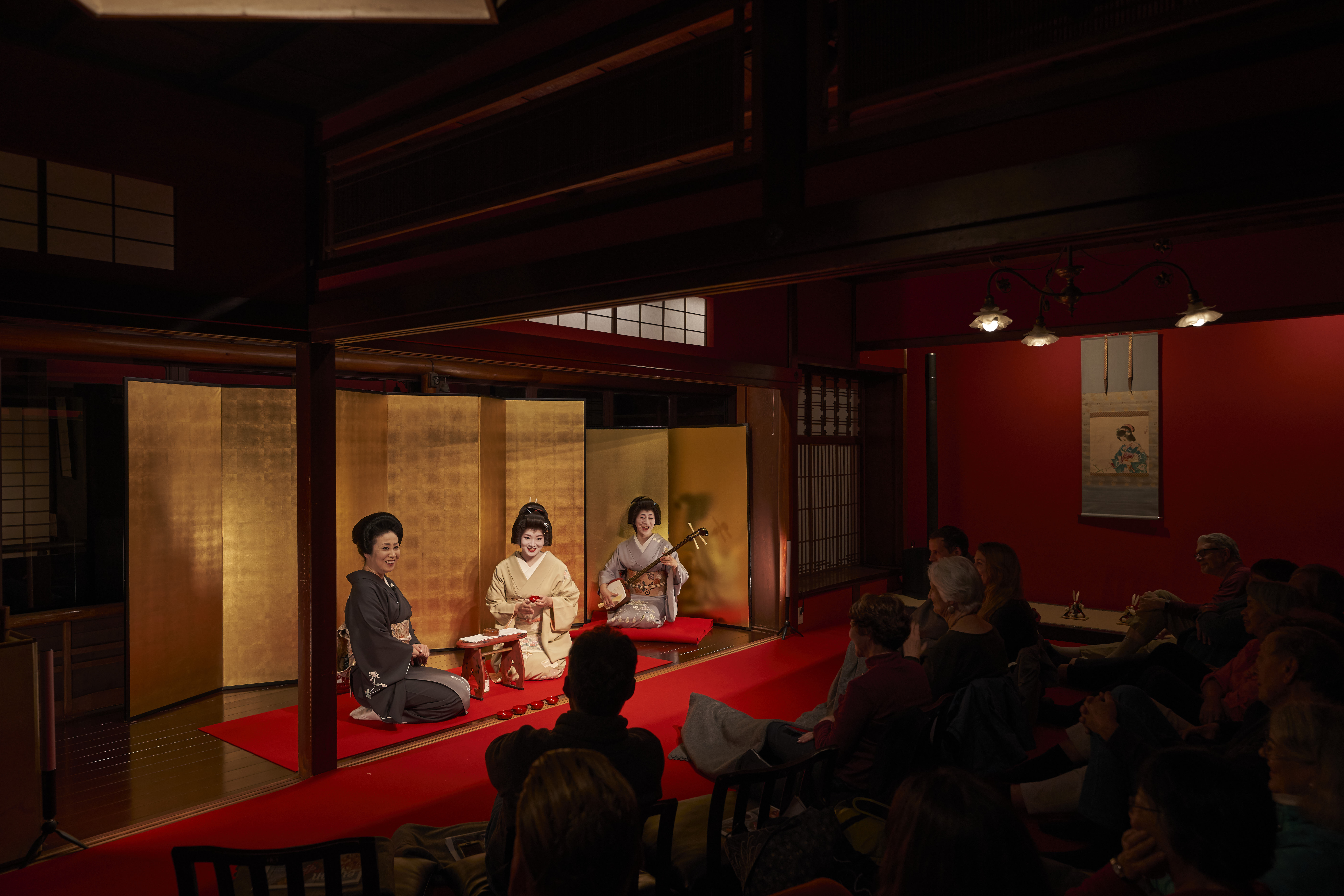
Many of Japan’s most traditional Geisha performances require an invitation from a loyal customer. But at Teahouse Kaikaro, no invitation is required to spend a sophisticated evening with the beautiful Geisha of Kanazawa.
Despite its ease of access, everything is authentic and traditional, from the music of the three-stringed shamisen to the intricate Kaga Yuzen kimono from Kanazawa. An arrangement of a performance can be made through the Geisha Evenings official website.
Sabae Megane Museum
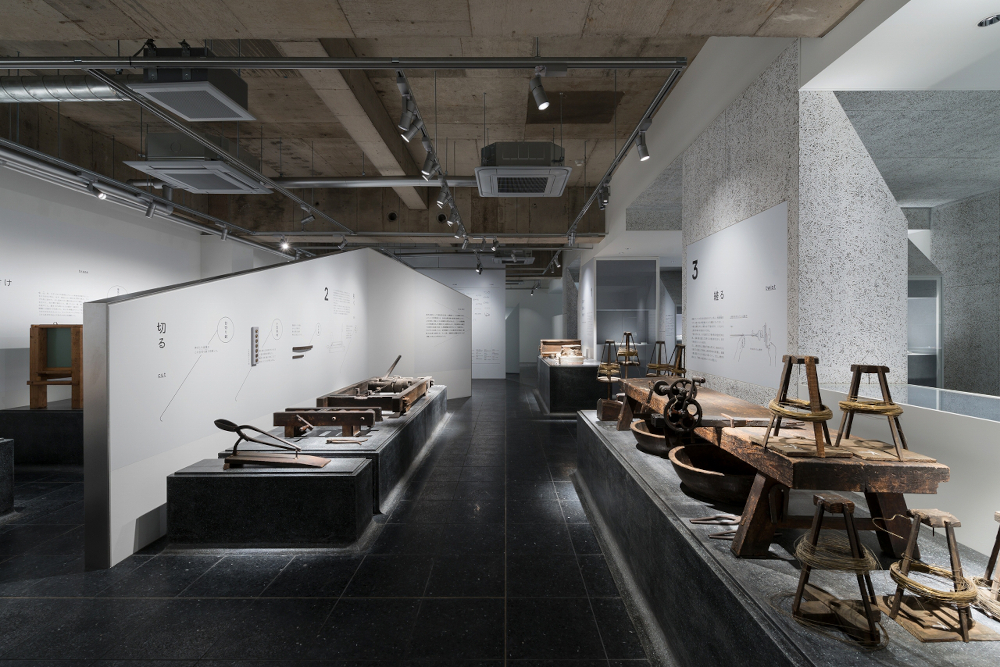
These days, finding a pair of premium glasses can be challenging in the sea of plastic rims, but not at the Sabae Megane Museum. Here, you can walk through the story behind Fukui’s eyeglass history, which has made this region the maker of 95 per cent of Japan’s glasses.
You can also experience a glasses-making workshop or choose from their selection of nearly 3,000 local-made frames in their shop. One of the makers, Jugaad14, has been catching attention with its biodegradable frames, with every pair made with expert craftsmanship and care.
Woodcarving at Kaminyu Village
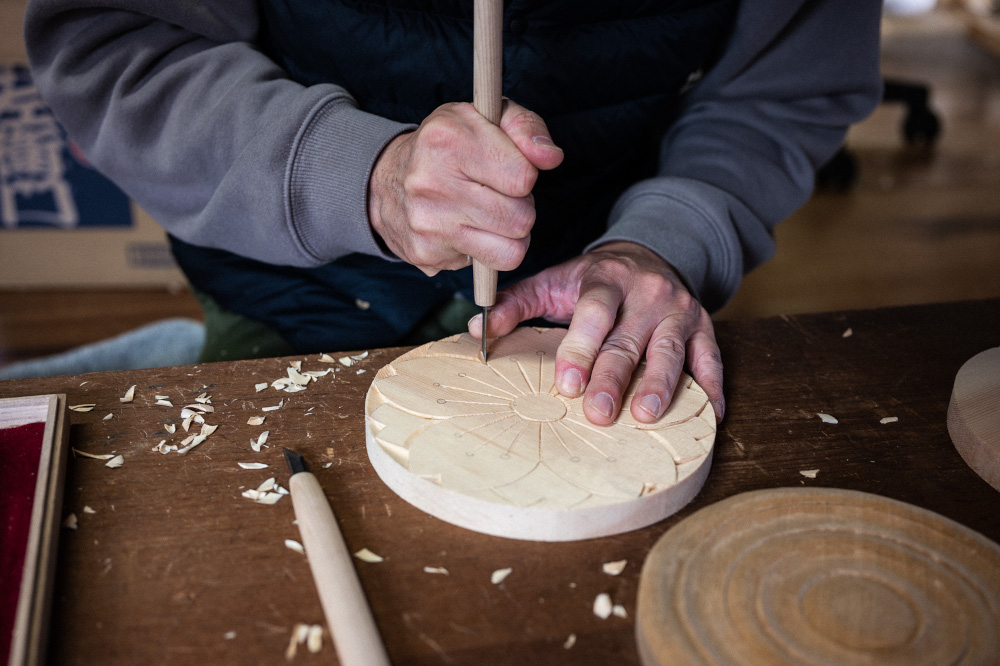
Kaminyu is a small village in the mountains of Shiga producing beautiful hand-crafted wooden designs and sculptures, one of the few places where ancient woodcarving techniques remain alive today. Here, you can participate in workshops led by expert craftsmen known as the Kaminyu Woodpeckers and create your own wood-carved piece. After some time with the tools, you’ll come away with a newfound respect for the artisans who have dedicated years of their life to the craft.
Miyama Futon and Breakfast

While the uninformed visitor to Miyama may simply go to the thatched-house village of Kayabuki no Sato, take pictures, and then go home, they’d be missing out. Now you know to visit Miyama Futon and Breakfast for a more profound experience of this traditional Kayabuki thatched-roof house with an overnight stay and a hands-on workshop learning the process of building and maintaining the iconic thatched roof.
Disconnect in a place with no television or modern distractions, and immerse yourself in this mountain village way of life.
Sakai Traditional Crafts Museum
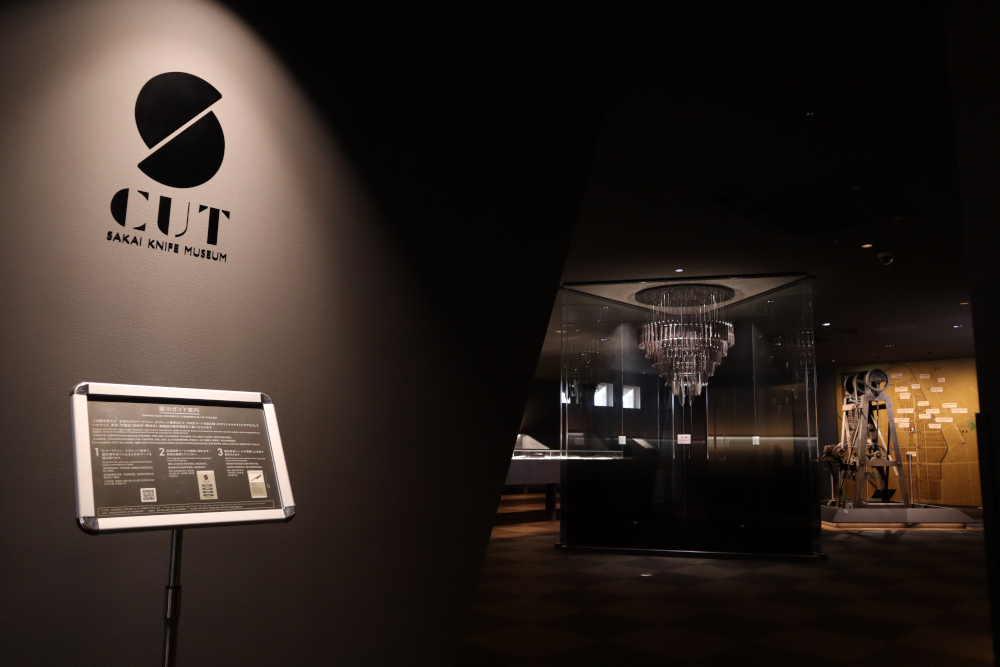
Most modern knives you can get abroad are machine-made and mass-produced, but with Sakai city’s 600 years of blade-making history and current production using traditional methods of iron and steel, you’ll have no excuse to leave without one. In the modern and atmospheric Sakai Traditional Crafts Museum, you can learn how the knives are made, and take home your very own Sakai knife, a blade highly esteemed by chefs in and outside Japan.
Sponsored by Tokyo, Saitama Prefecture, Gunma Prefecture, Niigata Prefecture, Nagano Prefecture, Toyama Prefecture, Gifu Prefecture, Ishikawa Prefecture, Fukui Prefecture, Shiga Prefecture, Kyoto, Osaka, JR EAST, JR WEST.












